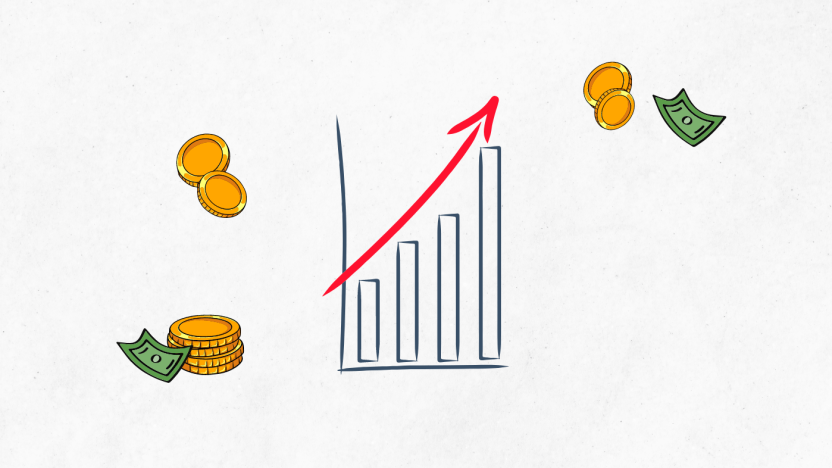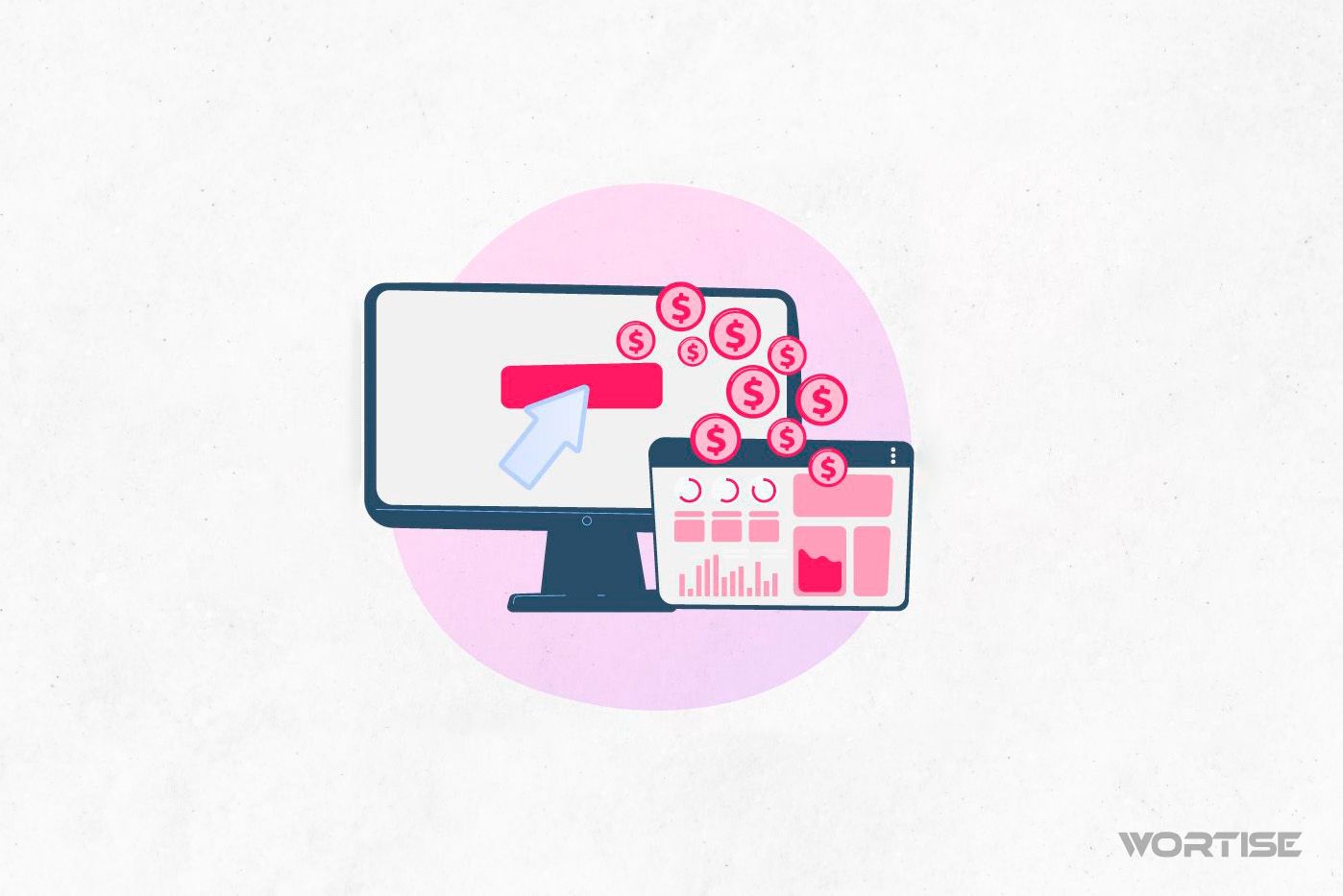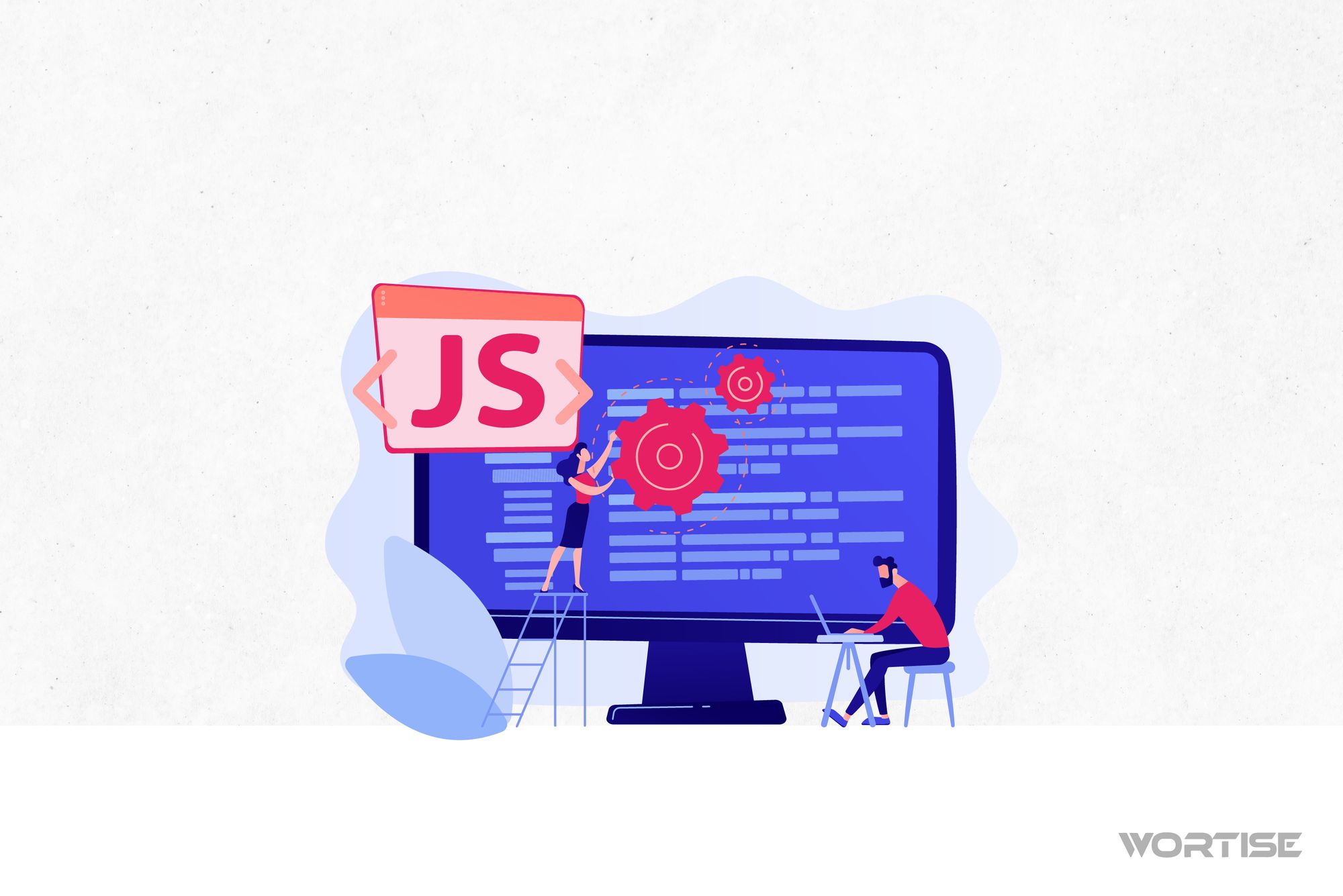¿Alguna vez te has preguntado por qué algunos anuncios generan mucho dinero mientras otros apenas hacen sonar tu caja registradora? Aunque hay muchas variables en la ecuación, una que no puedes obviar es el princing model. Al elegir el correcto, créenos, harás la diferencia en cuanto a rentabilidad. Para conocer cómo hacerlo, lo primero es que tomes nota de estas posibilidades: CPV, CPM, CPA y CPC.
Sí, ya sabemos que a primera vista puede parecer una especie de trabalenguas, pero realmente no lo es. Comencemos haciendo la traducción:
- CPV (Costo Por Vista)
- CPM (Costo Por Mil impresiones)
- CPA (Costo Por Adquisición)
- CPC (Costo Por Clic)
Como ves, son más que solo acrónimos; son estrategias que pueden hacer o deshacer tu campaña. En este artículo, analizaremos cada uno de estos modelos, sus ventajas, desventajas, y en qué situaciones brindan los mejores resultados.
¿Qué son los pricing models?
Cuando hablamos de un pricing model, nos referimos a la acción que genera el pago por la publicidad desplegada en tu plataforma. Por lo general, se toman en cuenta estos parámetros principales:
- Impresiones: Ocurren cuando un usuario ve el contenido publicitado, sin más.
- Clics: Se contabiliza cuando el usuario presiona la publicidad y accede al enlace del anunciante, incluso si es por accidente o si no procede con ninguna otra acción en el enlace al que fue redireccionado.
- Conversiones: Se registra cuando un usuario accede a la publicidad y ejecuta alguna acción adicional en el enlace del anunciante. Puede ser una compra, un registro, una suscripción, entre otros.
A partir de estos tres conceptos, se define buena parte de los pricing models que puedes aplicar en una app o página web que muestre publicidad.
Hay diferencias marcadas en el retorno para cada modelo, puesto que no puede generar los mismos ingresos un vistazo a la publicidad que generar una compra directa, por eso la elección no es tan fácil y depende de muchos otros factores que explicaremos a continuación.
Pero antes de analizar qué tipo de pricing model es más conveniente según la situación, repasemos qué significa cada modelo:
CPV (Costo por Vista):
Entre los pricing model, este es el más directo y básico. El pago se hace exactamente por cada visualización del anuncio publicitario. Lo que pase después de que el usuario vea la publicidad, no importa para el pago.
Esto permite al anunciante saber, con precisión, cuánto dinero debe pagar cada vez que su anuncio llega a un usuario, lo cual ofrece ciertas ventajas al momento de planificar campañas publicitarias.
Sin embargo, no es el mecanismo más común porque no fija ninguna meta en concreto para hacer el pago. Si el anuncio es visto solo 10 veces, de igual manera se aplica un costo, a diferencia de otros modelos que veremos a continuación.
¿Cómo se calcula el costo del CPV?
Para los distintos pricing models se aplican fórmulas que permiten determinar el tamaño de la inversión que tiene que hacer el anunciante (del cual dependen las ganancias del publisher) para mantener su publicidad durante un tiempo determinado o hasta cumplir un objetivo.
En el caso del modelo CPV, se trata de la fórmula más simple y directa de todas, pues CPV = Costo total ÷ Número de vistas. Esto arrojará como resultado el precio que paga el anunciante por cada impresión.
CPM (Costo por Mil Impresiones):
Como su nombre lo indica, esta métrica se refiere al precio que el anunciante debe pagar para que su anuncio se vea mil veces. Es decir, que tenga mil impresiones.
Para el publisher, esto se traduce en que recibirá dinero por cada 1.000 veces que sea reproducido un anuncio en su espacio publicitario.
Con este pricing model el foco es la visibilidad. Entre más alcance tenga la app y el anuncio, mayores serán las ganancias. Recompensa la masificación y no la efectividad del anuncio en lo que a clics o conversiones se refiere.
Por lo general, los anunciantes acuden a este pricing model cuando el objetivo de la campaña publicitaria es posicionar la marca, incrementar su visibilidad.
Para el publisher, es un modelo de monetización conveniente cuando su plataforma cuenta con un buen tráfico, pues alcanzar las mil impresiones puede ser más sencillo.
En este sentido, conviene revisar con detalle los números de la app para determinar si el tráfico es lo suficientemente bueno como para elegir este modelo.
Para el advertiser, también es necesario evaluar en cuánto tiempo se alcanzará su meta, ya que una vez que llegue al número de impresiones deseado, expirará y necesitará incrementar la inversión si quiere prolongar la exposición de su publicidad.
¿Cómo se calcula el costo del CPM?
Al momento de crear su campaña, el advertiser define el monto que quiere invertir en su publicidad bajo el modelo de CPM. De esta manera, calculan el pago que tienen que hacer por cierta cantidad de impresiones.
Supongamos que el anunciante tiene una meta de 50.000 impresiones para su campaña y que el precio por CPM es de $5. Como queremos conocer el costo, utilizamos la siguiente fórmula: CPM = Costo Total ÷ (Impresiones ÷ 1.000).
Como queremos averiguar el costo total y no el CPM, que ya lo tenemos, hay que despejar. El CPM reemplaza al Costo Total en la fórmula y pasa a multiplicar en vez de dividir. Por lo tanto:
Costo Total = CPM x (50.000 ÷ 1.000)
Costo Total = $5 x 50
Costo Total = $250
El costo total de la campaña para conseguir 50.000 impresiones a un CPM de $5 sería de $250. Este monto se registra en las redes de anuncios y una ad mediation como Wortise encuentra los anuncios que mejor paguen.
CPA (Costo por Adquisición):
El Pricing Model más costoso para el advertiser y quizás el que más resultados da es el CPA, ya que condiciona el pago por la publicidad a que se consiga el resultado final de la campaña, es decir, que el usuario compre el producto anunciado, se suscriba al servicio, descargue un material o cualquier otra meta medible.
Con este mecanismo, la cantidad de personas que vean la publicidad queda de lado, pues lo importante es que quienes consuman el anuncio vayan más allá y ejecuten la acción que les invita a hacer la publicidad.
El anunciante arriesga poco en este tipo de negocio, pues debe garantizar que se cumpla su objetivo para hacer el pago. Es por esta razón que el costo de CPA es superior al de otros pricing models.
¿Cómo se calcula el costo del CPA?
Bajo este modelo, el advertiser debe definir un monto total a pagar, que alcanzará para un número determinado de adquisiciones.
Supongamos que la inversión total es de $5.000 para cubrir unas 300 adquisiciones Para calcular el costo del CPA se emplea la siguiente fórmula: CPA = Monto invertido ÷ Número total de adquisiciones. Por lo tanto:
CPA = $5.000 ÷ 300
CPA = $16,6
En este ejemplo hipotético, cada adquisición que se produzca a través de la publicidad tendría un valor de $16,6. El anunciante debe evaluar si le conviene pagar ese monto por cada venta que haga, suscripción que registre o descarga que consiga.
En el caso del publisher, el ingreso no es una garantía incluso si la publicidad es consumida de forma masiva. Todo queda en manos del usuario y su intención de adquirir lo que se publicita.
CPC (Costo por Clic):
Finalmente tenemos el CPC, un pricing model que toma en cuenta las veces que se visite el enlace hipervinculado en la publicidad para pagar al publisher.
Es un punto intermedio, pues no requiere que el usuario adquiera el producto o servicio ofertado por el anunciante, pero tampoco es suficiente con que vea la publicidad
.
Al encontrarse en este punto medio, su precio también es intermedio. Para el publisher, el CPC ofrece una mayor ganancia que el CPV o CPM, pero menos que el CPA. Sin embargo, hay que tener en cuenta que este mecanismo también depende exclusivamente del consumidor de la publicidad y su interés en acceder al enlace del anunciante.
El CPC tiene muchas ventajas, especialmente en el estudio de métricas, ya que puede medir qué tanto interés genera el anuncio y calcular la cantidad de clics que acaban convirtiéndose posteriormente en adquisiciones.
¿Cómo se calcula el costo del CPC?
Para calcular el costo del CPC se acude a otra fórmula simple, en la cual CPC = Costo total ÷ Número de clics. En el caso hipotético de que la campaña cueste $1.000 para un total de 500 clics, tendríamos que:
CPC = $1.000 ÷ 500
CPC = $2
En este ejemplo, cada vez que un usuario acceda al enlace del anunciante, este gastaría $2.
¿Cómo elegir tu pricing model?
Ya repasamos los diferentes modelos que existen para monetizar con publicidad programática en tu app. Ahora viene lo bueno ¿Cuál elegir? ¿Hay uno mejor que otro? ¿Existe un pricing model superior que garantice altas ganancias?
Lamentablemente, la respuesta no es tan simple. Lo cierto es que si se mantienen estos distintos modelos es porque todos tienen utilidad de alguna u otra manera.
Para el anunciante elegir cada uno de estos métodos depende en gran medida de la intención de su campaña y del presupuesto que tenga. Si está centrado en vender y tiene un gran presupuesto para pagar publicidad, el CPA podría ser la mejor opción; pero si por el contrario está más enfocado en dar visibilidad a su marca, el CPM asegura que su inversión garantizará que su anuncio llegue a la mayor cantidad de personas posible.
Pero eso ya queda en manos del anunciante. Para ti, publisher ¿Cuál es el mejor modelo para implementar la monetización en tu app? Pues, depende en gran medida de las características de tu aplicación y el contenido que se publicite.
Si tienes un gran tráfico en tu aplicación, cualquier esquema de costo por visibilización va a asegurar un buen retorno. En este caso, importa la masificación y no la efectividad del anuncio.
Por el contrario, un tráfico bajo puede requerir estrategias más sofisticadas para incrementar el revenue vía publicidad. La efectividad de los anuncios es clave, pero también la app puede jugar un rol en este aspecto.
El tipo de anuncios que se muestren en la app puede tener un peso importante. Si habilitas anuncios intersticiales, por ejemplo, pueden perjudicar la experiencia del usuario, pero garantizarás que presten atención a la publicidad y, por lo tanto, incrementan las posibilidades de que accedan al enlace, en ocasiones, incluso por accidente. Así tendría más sentido el CPC.
Con las ventas es más complicado, porque radica mucho en lo atractivo que sea para el usuario el bien o servicio ofrecido por el advertiser. Pero la compatibilidad entre el contenido de la app y el mostrado en las publicidades puede ser un aspecto clave.
A modo de ejemplo, si tu app es un juego y se publicita una aplicación para organizar actividades laborales, el target de tu videojuego probablemente no se sienta atraído por el servicio anunciado. Si, por otra parte, la publicidad es sobre una tienda de componentes y accesorios para gamers, incrementa la probabilidad de que ingresen al enlace y compren un producto.
Por eso debes pensar con calma, considerando siempre los números de tu app, qué pricing model te es más conveniente y con cuál podrías generar mayores ingresos.
Impulsa la efectividad del contenido publicitado con Wortise
Sea cual sea el pricing model que habilites, requerirás de una plataforma de ad mediation capaz de seleccionar anuncios idóneos para mostrar en tu app.
Wortise te ofrece minuciosas herramientas de segmentación para mostrar la publicidad al público más idóneo y así mejorar la efectividad de los anuncios.
Nuestra plataforma de mediación posee acceso a más de 100 redes de anuncios, de los cuales selecciona las mejores pujas posibles para que tus ganancias siempre estén por encima de la media.
Tendrás acceso a las métricas más detalladas en tiempo real, podrás elegir el formato de publicidad que prefieras que se muestre en tu app y contarás con soporte especializado en todo momento.




